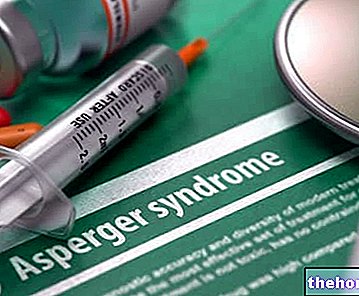
What is Osigraft?
Osigraft is a powder for suspension for implantation that contains the active substance heptotermin alfa.
What is Osigraft used for?
Osigraft is used to treat fractures of the tibia that have not consolidated after at least nine months. It is used in cases in which the treatment with autologous bone graft (transplantation of a bone taken from the patient himself, usually from the hip) has not worked or in which the autologous bone graft is not possible. It must be used in skeletally formed patients (who have passed the growth phase).
The medicine can only be obtained with a prescription.
How is Osigraft used?
Osigraft must be used by a surgeon adequately trained for its use. Immediately before use, Osigraft must be reconstituted with 2-3 ml of sterile sodium chloride injection solution; the suspension thus obtained assumes the consistency of wet sand. The compound is then placed by the surgeon directly on the fracture site, to contact with the bone tissue duly prepared. The surrounding soft tissues (muscles and skin) are subsequently closed around the implant. A single vial is usually sufficient, but another can be used if needed.
How does Osigraft work?
The active substance in Osigraft, heptotermin alfa, acts on the bone structure. It is a copy of a protein called osteogenic protein 1, also known as bone morphogenic protein 7 (BMP-7), which is naturally produced by the body and promotes the formation of new bone tissue. eptotermin alfa stimulates the formation of new bone, helping to heal broken bone. Eptotermin alfa is produced by a method known as 'recombinant DNA technology': it is made by cells that have received a gene (DNA ) which allows them to produce this substance. Heptotherm alfa acts like naturally produced BMP-7 proteins.
How has Osigraft been studied?
The most important study on Osigraft involved 122 patients with unconsolidated tibial fractures treated with the medicine or autologous bone graft. The main measure of effectiveness, which was evaluated nine months later, was healing. of the bone fracture. Healing had to be demonstrated by radiological signs of consolidation of the fracture, by clinical signs such as the presence of pain and the ability of the tibia to bear weight, and whether or not further treatment was required.
What benefit has Osigraft shown during the studies?
Osigraft was as effective as autologous bone grafting, which is the standard treatment. After nine months, 81% of patients who received Osigraft responded to treatment (complaining of less pain and more weight bearing capacity) , compared to 77% of patients undergoing autologous bone grafting.
What is the risk associated with Osigraft?
The most common side effects reported with Osigraft (seen in between 1 and 10 in 100 patients) are erythema (redness of the skin), tenderness, swelling at the implant site, and heterotopic ossification (bone formation outside the fracture area) or ossifying myositis (localized bone formation within soft tissue). For the full list of side effects reported with Osigraft, see the package leaflet.
Osigraft must not be used in people who may be hypersensitive (allergic) to heptotermin alfa or collagen. Osigraft should not be used in the treatment of patients:
- from the skeleton not yet fully formed (which are still in the growth phase);
- with autoimmune disorders (diseases in which the immune system attacks a part of the body);
- with ongoing infection at the surgery site or if there is another serious infection;
- with insufficient skin (skin) or vascularity (blood supply) at the fracture site;
- with fractures due to other diseases (such as metabolic osteopathy or tumors);
- with tumor near the fracture site;
- undergoing chemotherapy, radiotherapy or immunosuppression.
Why has Osigraft been approved?
The Committee for Medicinal Products for Human Use (CHMP) concluded that Osigraft's benefits are greater than its risks for the treatment of trauma-related tibial fractures that have not consolidated after at least nine months in skeletal patients. in cases where autologous bone graft treatment has not worked or has not been possible. The Committee therefore recommended the granting of a marketing authorization for the product.
Other information about Osigraft:
On 17 May 2001 the European Commission granted Howmedica International S. de RL a "marketing authorization" for Osigraft, valid throughout the European Union. The "marketing authorization" was renewed on 17 May 2006 .
For the complete version of the Osigraft EPAR click here.
Last update of this summary: 07-2007.
The information on Osigraft - heptotermin alfa published on this page may be out of date or incomplete. For a correct use of this information, see the Disclaimer and useful information page.




























